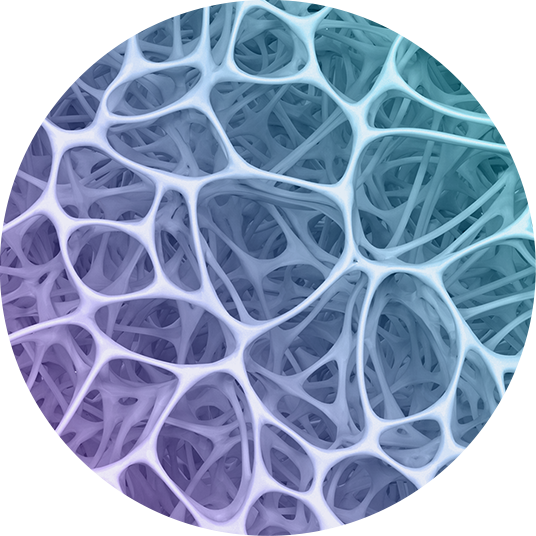

















OUR PROCESS
We see potential that others miss and bring game-changing therapies to market via an end-to-end mining process.
01. prosPEct
02. unearth
03. refine
04. create value
Pre-clinical
Phase 1
Phase 2
Phase 3
NDA
Program
OLC
UNI-494
UNI-494
Indication
Hyperphosphatemia
Acute Kidney Injury (AKI)
Chronic Kidney Disease (CKD)

Acute Kidney Injury/Impairment (AKI)
A collection of syndromes characterized by an abrupt decrease in glomerular filtration rate
- AKI causes an abrupt loss of kidney function that develops within a few hours or a few days
- Its causes are numerous, including damage to the kidney tissue caused by decreased kidney blood flow from any cause (e.g., blood pressure), exposure to substances harmful to the kidney, an inflammatory process in the kidney, or an obstruction of the urinary tract that impedes the flow of urine
- AKI is a global problem and occurs in the community, in the hospital where it is common on medical, surgical, pediatric, and oncology wards, and in ICUs
- AKI is a predictor of immediate and long-term adverse outcomes and is more prevalent in (and a significant risk factor for) patients with chronic kidney disease (CKD)
- Individuals with CKD are especially susceptible to AKI which, in turn, may act as a promoter of progression of the underlying CKD. Using the KDIGO definition, 1 in 5 adults and 1 in 3 children worldwide experience AKI during a hospital episode of care
- A meta-analysis looking at the world incidence of AKI showed mortality rates of 23.9 in adults and 13.8 in children. In the United States alone, it is estimated that over $10 billion is spent on AKI every year and currently, there are no available therapies to treat established AKI
Hyperphosphatemia
(elevated level of phosphate in the serum)
- Hyperphosphatemia is a serious medical condition that occurs in nearly all patients with End Stage Renal Disease (ESRD). If left untreated, hyperphosphatemia leads to:
- Secondary hyperparathyroidism (SHPT), which then results in renal osteodystrophy (a condition similar to osteoporosis and associated with significant bone disease, fractures and bone pain)
- Cardiovascular disease with associated hardening of arteries and atherosclerosis (due to deposition of excess calcium-phosphorus complexes in soft tissue)
- Importantly, hyperphosphatemia is independently associated with increased mortality for patients with chronic kidney disease on dialysis. Based on available clinical data to date, over 80% of patients show signs of cardiovascular calcification by the time they become dependent on dialysis
- Dialysis patients are already at an increased risk for cardiovascular disease (because of underlying diseases such as diabetes and hypertension), and hyperphosphatemia further exacerbates this
- Treatment of hyperphosphatemia is aimed at lowering serum phosphate levels via two means: (1) restricting dietary phosphorus intake; and (2) using, on a daily basis, and with each meal, oral phosphate binding drugs that facilitate fecal elimination of dietary phosphate rather than its absorption from the gastrointestinal tract into the bloodstream
